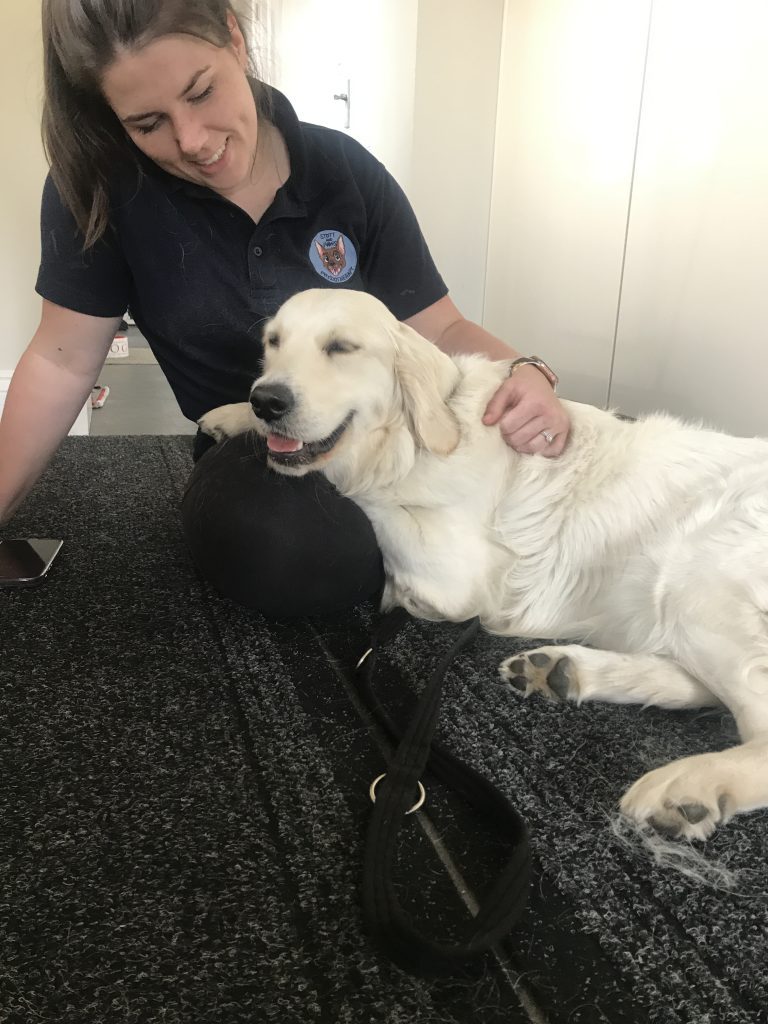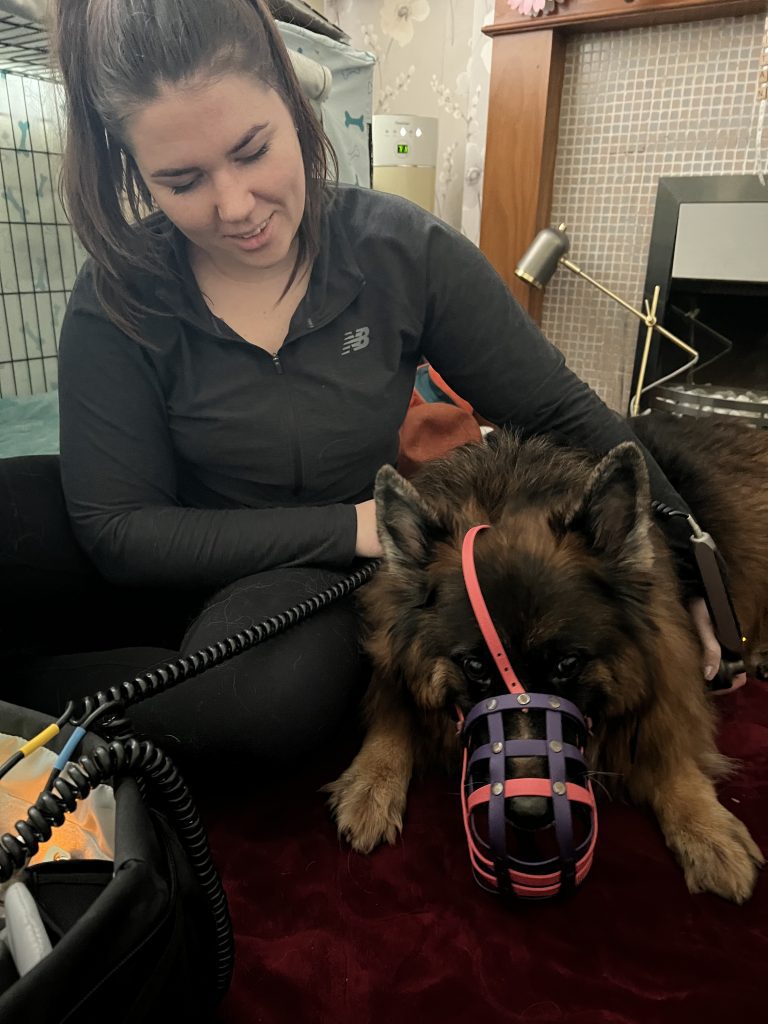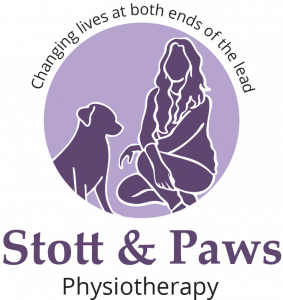
What better first blog than to explain how I got to doing the job I am today. They say if you find a job you love then you’ll never work a day in your life; I now see how that is true. So, where do you start in getting a career in Veterinary Physiotherapy.
There are multiple ways to become a Veterinary Physiotherapist:
- Complete a BSc in Physiotherapy, then complete a Postgraduate Diploma / MSc in Veterinary Physiotherapy.
- Complete a BSc in Veterinary Physiotherapy.
- Complete a Postgraduate Diploma / MSc in Veterinary Physiotherapy following a BSc degree.
I have always had a passion for helping people and always wanted to work with animals. So, for me the best way to do this was to set myself up with a BSc degree in Physiotherapy. To complete this degree, you have to do 1000 hours as a minimum in various different clinical specialities. From the different placements I completed as a student in the human field I learnt about how to work alongside amputees, stroke patients, elderly patients, respiratory patient, orthopaedic patients and patients with musculoskeletal problems in order to help them meet their goals. Upon qualifying, I worked in the NHS alongside completing my MSc degree in Veterinary Physiotherapy where I further developed my skills on critical care, acute medicine wards, community visits, clinic appointments and in A&E where I became a frailty specialist.





During my Veterinary Physiotherapy MSc, I completed a further 200 hours of placement. I was able to draw on all the skills I had learnt along the way during my previous placements and NHS work which was really valuable in translating my skills onto animal patients. I find that with my vast clinical experience I can assess and treat a multitude of patients without being phased by the complexities along the way.
Due to completing my Physiotherapy BSc first, I am a Chartered Physiotherapist which allows me to be registered as a member of the professional association ACPAT (Association of Chartered Physiotherapist in Animal Therapy). From all of the placement hours during my BSc and MSc allowed me to easily register with the voluntary regulatory register, RAMP (Register of Animal Musculoskeletal Practitioners). Being a member of ACPAT and RAMP means that I am held to standards when it comes to keep up with the latest evidence / treatment options (Continuing Professional Development / CPD), working within my scope of practice and following codes of conduct. Many vets, veterinary professionals and insurance companies are happy to work with Stott and Paws Physiotherapy due to my credentials.
If you are currently a student and not sure what to pick to do. My dad always told me to pick a career that will always have a job for you and this has stuck with me. My mum always told me to pick a career where I love the job. Both have always said to me ‘as long as you are happy’. If you are inspired to people and animals reach their full potential, being a Physiotherapist can be one of the most rewarding careers to have – why not be able to change lives at both ends of the lead?
